Luigi Pirandello’s “Un Critico Fantastico” by Josh G.
The book Arte e Scienza, Saggi by Luigi Pirandello, originally published in 1908, is a collection of essays by Pirandello in which he considers art and literature. The essay “Un Critico Fantastico” examines the relationship between writers and critics, and whether writers can legitimately criticize their own works. The original copy that I examined is a small book, bound in thin leather, and notably signed by Pirandello himself.
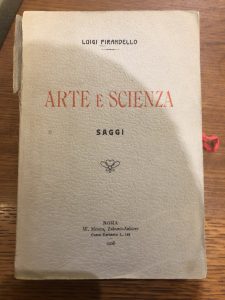
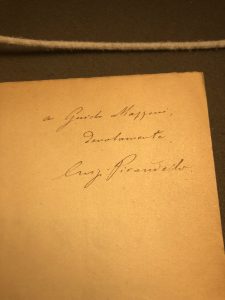
The book is laid out very clearly, with each essay being separated into labeled sections. This is the science that Pirandello is entwining with art. He is showing that there are objective ways to parse through literature – contrasted with the flourish and free-flowing form of other literary critics.

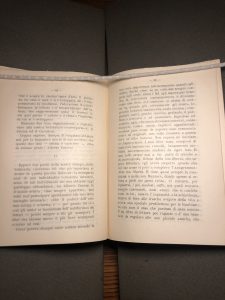
Pirandello begins “Un Critico Fantastico” (A Fantastical Critic), the second chapter of his book “Arte e Scienza,” by lambasting the idea that writers are bound to rhetoric and imitation. He uses a metaphor to explain this – writers are not seeing with their own eyes, but looking through somebody else’s glasses. When writers write, they are a slave to common rhetoric – imitating themes and characters. Most writers are merely “dressing a mannequin,” Pirandello writes. This point serves as a precursor to his main point – the qualities of “criticism and character” have disappeared from modern literature.
Pirandello claims that many critics of his time such as Alberto Cantoni are “critici fantastici” (fantastical critics), or “umoristi” (humorists). He lambasts critics for being boring, for looking at literary works in a superficial light. The umoristo is the result of being both an artist and a critic. In Pirandello’s words (translated), the umoristo is “both an artist and a critic; and no more critic than artist; but an artist who wanted to exercise his artistic faculty on criticism.” Knowing that a critic is also an author gains them no credibility – rather, it labels them as ignorant. The thought that critics who are also authors must know what they are talking about simply because they are authors is untrue. The umoristo is biased to be shallow and superficial because they inherently write their own literary works in a shallow and superficial manner, then weakly criticize them – in this way, the umoristo is caught in a cycle that they cannot break out of.
Following this idea, “Un Critico Fantastico” directly defies the idea that writers can believably criticize their own work. The word umoristo is designed to be an insult. The role of a critic is to find flaws within a work and to look closely to find meaning. No writer is going to look at what they just wrote and say it is terrible. The writer is inherently biased towards their work and also cannot look at it from a bystander’s view because they know the meaning (or think they know the meaning) that they assigned to certain characteristics of the work.
“Un Critico Fantastico” is inherently ironic – Pirandello is, as an author, criticizing authors who are critics. It is clear that Pirandello is aware of this, and therefore makes his arguments straightforward and laid out plainly. This gives credence to his statements, and I as a reader was able see past the counterpoints and realize that Pirandello is certainly correct. My own reading of literature has changed after reading “Un Critico Fantastico” – I never would have thought to search through commentary on a work in order to both understand the work itself more and to understand how literary criticism can be biased and twisted.
The ideas presented in “Un Critico Fantastico” are a direct attack on those who are both writer and critic, and it reveals a lot about Pirandello as a writer. He does not want his works to be criticized by these umoristi, because he has no faith in them – they will only find shallow meaning, because that is what they know. He prefers that critics (and readers) look deeper into his works to find meaning. Knowing that things are not symbolic of what they seem encourages the reader to search for alternate interpretations. By writing this piece, it is clear that Pirandello wishes for the reader to look at his works and find quirks, find flaws, find novelties, and in doing so, find meaning.







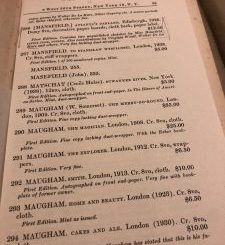
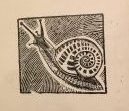

Recent Comments